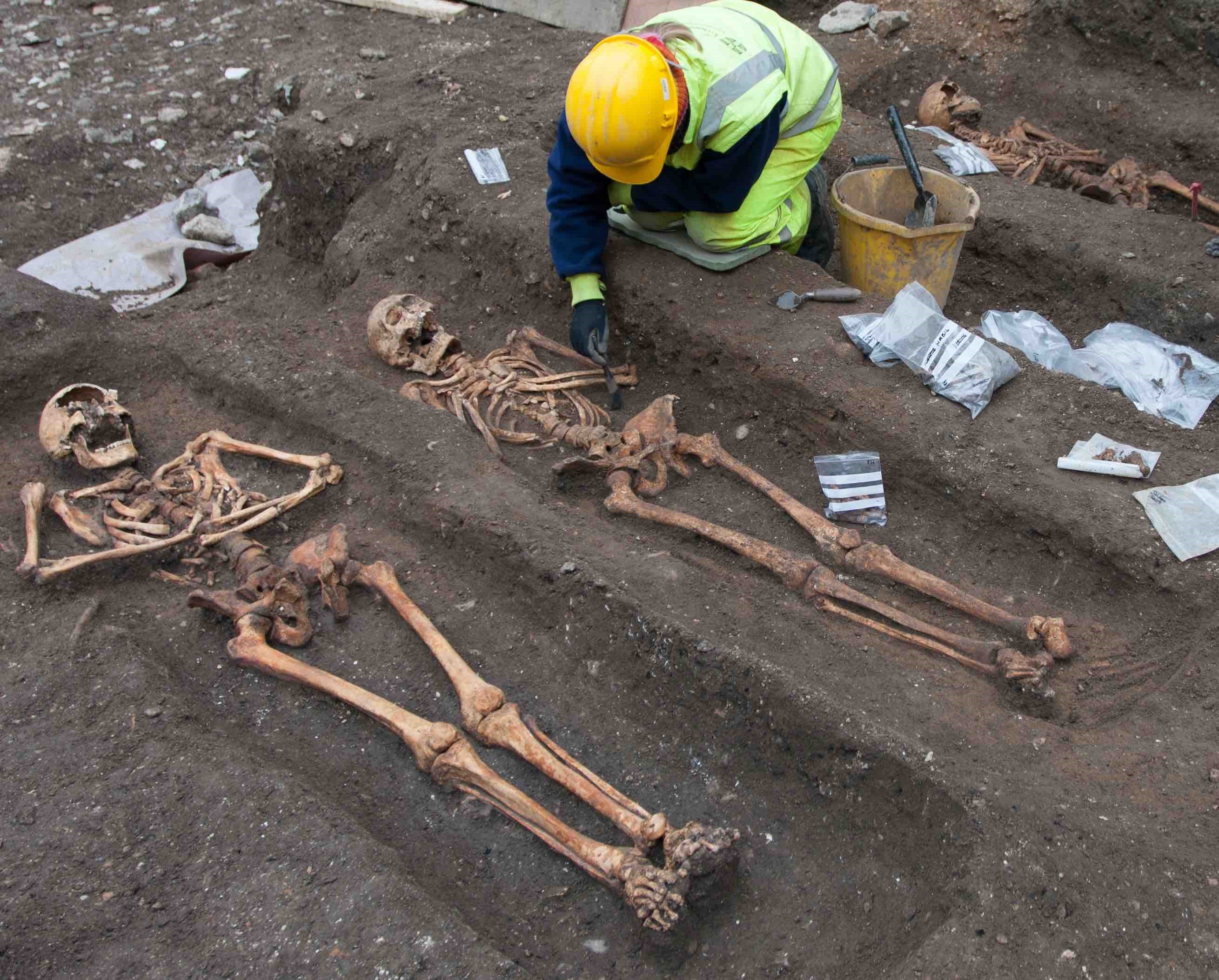Medieval friars were ‘riddled with parasites’, study suggests
They were were almost twice as likely as Cambridge’s general population to be infected by intestinal parasites, experts said.

Your support helps us to tell the story
From reproductive rights to climate change to Big Tech, The Independent is on the ground when the story is developing. Whether it's investigating the financials of Elon Musk's pro-Trump PAC or producing our latest documentary, 'The A Word', which shines a light on the American women fighting for reproductive rights, we know how important it is to parse out the facts from the messaging.
At such a critical moment in US history, we need reporters on the ground. Your donation allows us to keep sending journalists to speak to both sides of the story.
The Independent is trusted by Americans across the entire political spectrum. And unlike many other quality news outlets, we choose not to lock Americans out of our reporting and analysis with paywalls. We believe quality journalism should be available to everyone, paid for by those who can afford it.
Your support makes all the difference.Medieval friars were “riddled with parasites”, new research suggests.
An analysis of remains from Cambridge suggests local Augustinian friars were almost twice as likely as the city’s general population to be infected by intestinal parasites.
This is despite most Augustinian monasteries at the time having toilet blocks and hand-washing facilities, unlike the homes of ordinary people.
The friars of medieval Cambridge appear to have been riddled with parasites
Lead author Dr Piers Mitchell, from the University of Cambridge’s Department of Archaeology, said: “The friars of medieval Cambridge appear to have been riddled with parasites.
“This is the first time anyone has attempted to work out how common parasites were in people following different lifestyles in the same medieval town.”
Cambridge researcher Tianyi Wang, who did the microscopy to spot the parasite eggs, said: “Roundworm was the most common infection but we found evidence for whipworm infection as well.
“These are both spread by poor sanitation.”
The population of medieval Cambridge was made up of residents of monasteries, friaries and nunneries of various major Christian orders.
It also consisted of merchants, traders, craftsmen, labourers, farmers, and staff and students at the early university.
Researchers investigated samples of soil taken from around the pelvises of adult remains from the former cemetery of All Saints by the Castle parish church, as well as from the grounds where the city’s Augustinian Friary once stood.
The burials date from the 12th to 14th century, and those interred were primarily of a lower socio-economic status, mainly agricultural workers.
The Augustinian friary in Cambridge was an international study house, known as a studium generale, where clergy from across Britain and Europe went to read manuscripts.
Founded in the 1280s, it lasted until 1538 before being closed as part of Henry VIII’s break with the Roman Church.
Researchers tested 19 monks from the friary grounds and 25 locals from All Saints cemetery, and found that 11 of the friars (58%) were infected by worms compared with just eight of the general townspeople (32%).
They suggest actual numbers of infections would have been higher but some traces of worm eggs in the pelvic sediment would have been destroyed over time by fungi and insects.
According to the study, the 32% prevalence of parasites among townspeople is in line with studies of medieval burials in other European countries, suggesting this is not particularly low – but rather the infection rates in the monastery were remarkably high.
Roundworm and whipworm are spread by poor sanitation.
Therefore researchers argue the difference in infection rates between the friars and the general population must have been due to how each group dealt with their human waste.
The findings are published in the International Journal of Paleopathology.